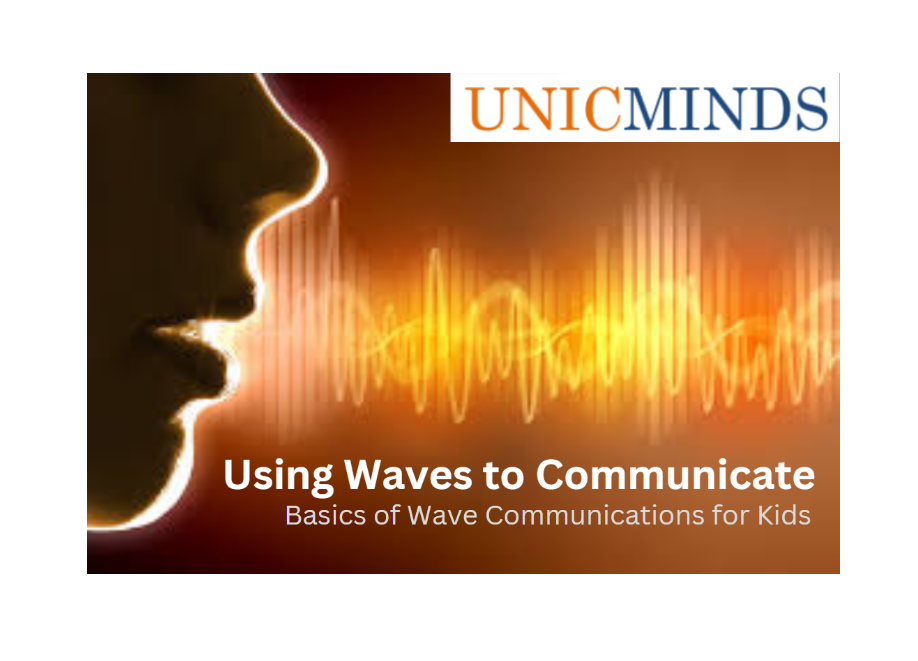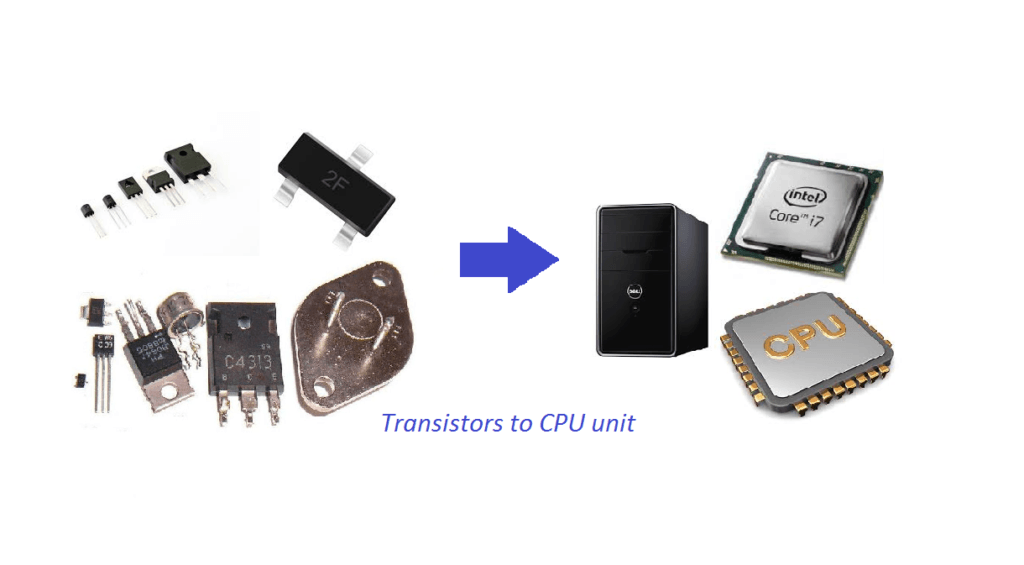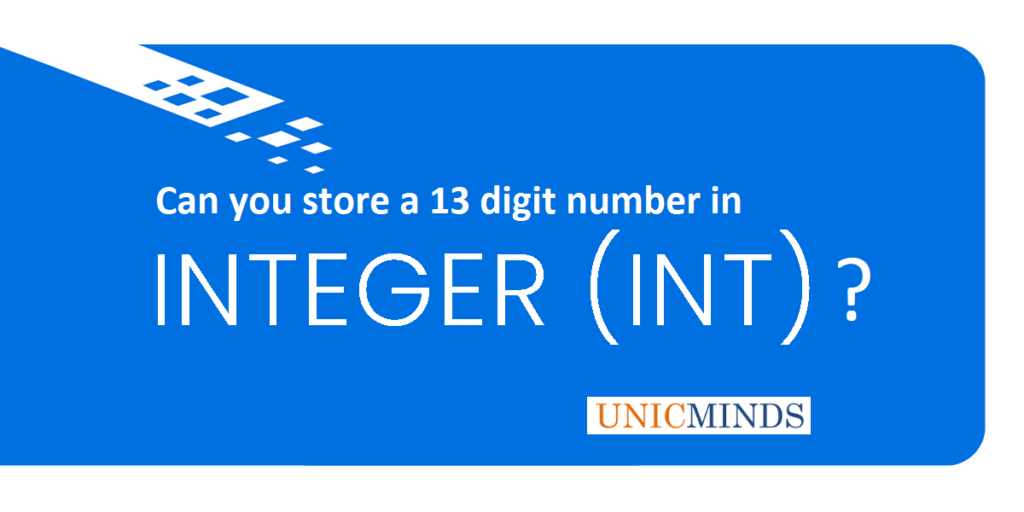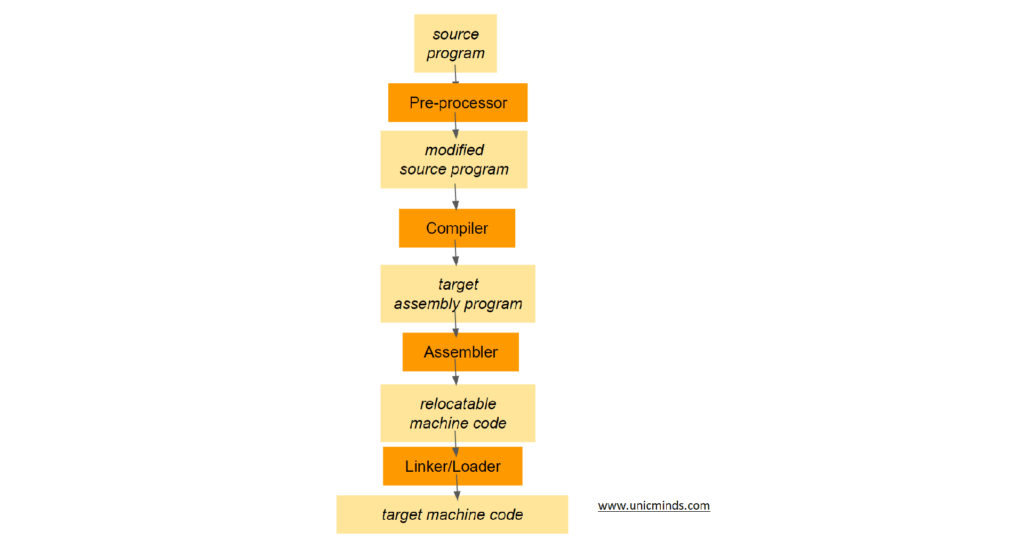In this post, we will understand in detail how we use waves for our daily communications. If you’re serious about science, this is a really fundamental topic to get a grip on. We humans use waves everyday to communicate via our speech. But, how do we really make a wave, and what is a wave in the first place?
All waves are caused by some type of vibration. Vibrations cause a disturbance in the medium that becomes the source of the wave. Think about water waves formed when you throw a rock into a pond. The rock hitting the surface causes the water to vibrate.
A wave is created by a vibrating body. When anything vibrates, it creates a wave. But, remember not all waves will produce sound. They have to be vibrations with a frequency of 20Hz to 20KHz.
So, do humans also make waves to communicate?
Absolutely, yes! Humans make waves to produce the sound which gets modulated into speech. But, how do humans produce the sound first.
When the lungs push the air out, the vocal cords (much like a tuning fork which is hit) vibrates and produces mechanical waves that are sound waves. The vibrations of the vocal cords produce sound waves that travel through the throat, nose, and mouth, which act as resonating cavities to modulate the sound.
Waves carry energy, and not necessarily matter. Essentially waves are carrying the disturbance created in the surrounding medium through space and matter. Some waves need a medium to pass through (mechanical waves), but some waves don’t need a medium to pass through (electro-magnetic waves).
Types of Waves – Mechanical, Electromagnetic, and Gravitational Waves
Mechanical waves and electromagnetic waves are two important ways that energy is transported in the world around us. Mechanical waves need a medium to move through matter (air, liquids, or solid). Common examples of mechanical waves are sound waves, water waves, and seismic waves. A mechanical wave is a wave that is an oscillation of matter, and thus moves/ transfers energy through a medium. Waves can travel across long distances, but the movement of the medium of transmission—the material—is limited. So the oscillating material does not go far from its prior equilibrium position. Mechanical waves transport energy. This energy moves in the same direction as the wave. A mechanical wave needs some kind of initial energy input. Once this initial energy is added, the wave moves through the medium until all its energy is transported.
Gravitational Waves can travel through vacuum, hence they are not mechanical waves. But, they’re not part of the electromagnetic spectrum too because it is not a distortion of electro-magnetic fields, instead it is a distortion of the Space-Time field.
Electromagnetic waves can travel not only through matter but also through vacuum. They travel through electrical and magnetic fields that are generated by charged particles. Examples of electromagnetic waves include light, microwaves, radio waves, and X-rays. Light is a special kind of wave that is made up of photons. We even use waves (microwaves) to cook our food really fast. But different electromagnetic waves behave differently basis its properties. For example, radio waves can pass through a wall, whereas light (light wave) cannot pass through a wall. Radio waves are bigger than the size of atoms in a wall, that is why they go through, while light is a small wave and cannot get through the wall. An electromagnetic wave has two fields electric and magnetic as shown below. A light wave is an electromagnetic wave and is therefore different from a mechanical wave.

The effects of electromagnetic waves upon chemical compounds and biological organisms depends upon the radiation’s power and its frequency. Electromagnetic waves of visible or lower frequencies (i.e., visible light, infrared, microwaves, and radio waves) produce what is called non-ionizing radiation, because here the photons individually do not have enough energy to ionize atoms or molecules or break chemical bonds. The effects of such waves on chemical systems and living tissue are brought about mainly by heating effects from the combined energy transfer of many photons.

But in the case of high frequency electromagnetic waves such as ultraviolet, X-rays and gamma rays, the resulting radiation is called ionizing radiation, where individual photons of such high frequency have enough energy to ionize molecules or break chemical bonds. These radiations have the ability to create chemical reactions and damage living cells in a way that goes beyond simple heating, and thus they can be treated as health hazards.
Radio Waves are the most popular Electro-magnetic Waves
While many different types of EMF are used to convey information over distance, the most common are radio waves, also called radio-frequencies. This is a wide spectrum ranging from tens of kilohertz to 300 gigahertz. Within this spectrum, frequency bands are allocated to each use. This distribution is intended to ensure an efficient service for each user and avoid interference in transmissions and communications – to avoid the interruption of police or fire brigade communications by someone’s personal walkie-talkie, for example.
It was mastery of radio waves that gave birth to the “wireless telegraphy”, then radio, television and modern forms of telecommunication: radio and TV transmitters, satellite links, GSM mobile networks, etc.
How do radio waves carry information?
The basic principle is simple: at one end, a transmitter encodes or modulates messages by varying the amplitude or frequency of the wave – a bit like Morse code. At the other end, a receiver tuned to the same wavelength picks up the signal and decodes it back to the desired form – images, sound, data, etc.
Everything around us from a TV remote and a dishwasher to a mobile phone and a WiFi router use the encoding and decoding of electromagnetic signals. Specifically, we use radio waves for everything around us. In the morning, we listen to AM or FM radio, WiFi, everything that you’re getting on your mobile phone, etc. To conclude, wave communications – especially radio wave communications – have changed humanity forever, and we cannot emphasize how important it is for children to understand the basics of wave communications. In all our coding classes, even if the student is studying coding, we ensure we keep some sort of homework or classwork assignment related to wave communications and radio communications and explain to them the importance of wave communications and why it is important to study this area well.
Hope this is useful, thank you.
You may like to read: basic parts of a computer, encryption explained to kids and teens, and logarithms and its applications in coding.




